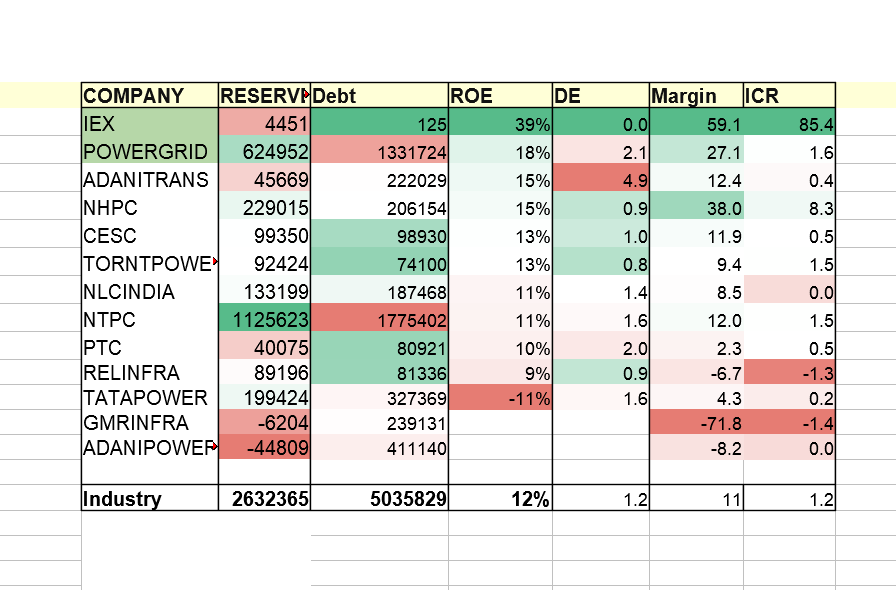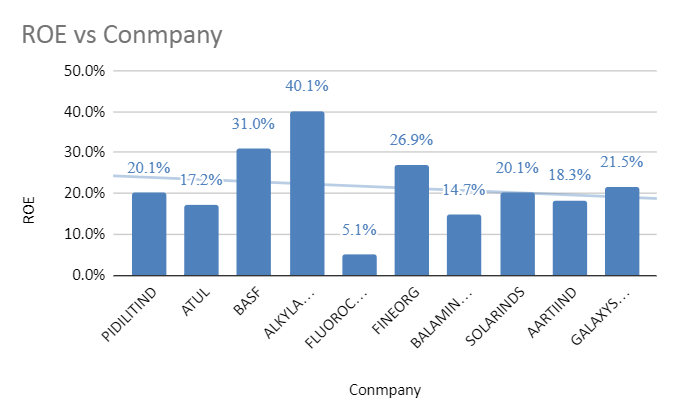
Tasty Bites : 50% 🚀 since last mention 5M ago
Fundamentals always precede technical breakouts. Gotta catch em young when the fundamentals are improving & the momentum traders are still clueless.
Fundamentals always precede technical breakouts. Gotta catch em young when the fundamentals are improving & the momentum traders are still clueless.
https://twitter.com/techlunatic/status/1343918252989186053

Tasty Bite grew 28% over last year by adding a record INR 1 billion to end the year with INR 4.55 billion in net revenues.
Profits after tax grew even faster (36%) at INR 409 million representing 9% of revenues.
Profits after tax grew even faster (36%) at INR 409 million representing 9% of revenues.
The uninterrupted growth in both exports (27%) and the domestic business (26%) continued through this year as well.
In the consumer business both branded (17%) and private label (62%) saw healthy growth.
In the consumer business both branded (17%) and private label (62%) saw healthy growth.

The company has only 275 employees with an attrition rate of just 2.9%, which represents very high ROI/per employee.
Tasty Bite's promoter is the US based company, Mars (the same one that makes Snickers, M&M, and Twix chocolates.)
Mars is a massive global brand. Tasty Bite is a stealth largecap pretending to be a smallcap. It will take full advantage of Mars' supply chain for inorganic growth.
Mars is a massive global brand. Tasty Bite is a stealth largecap pretending to be a smallcap. It will take full advantage of Mars' supply chain for inorganic growth.

• • •
Missing some Tweet in this thread? You can try to
force a refresh






















